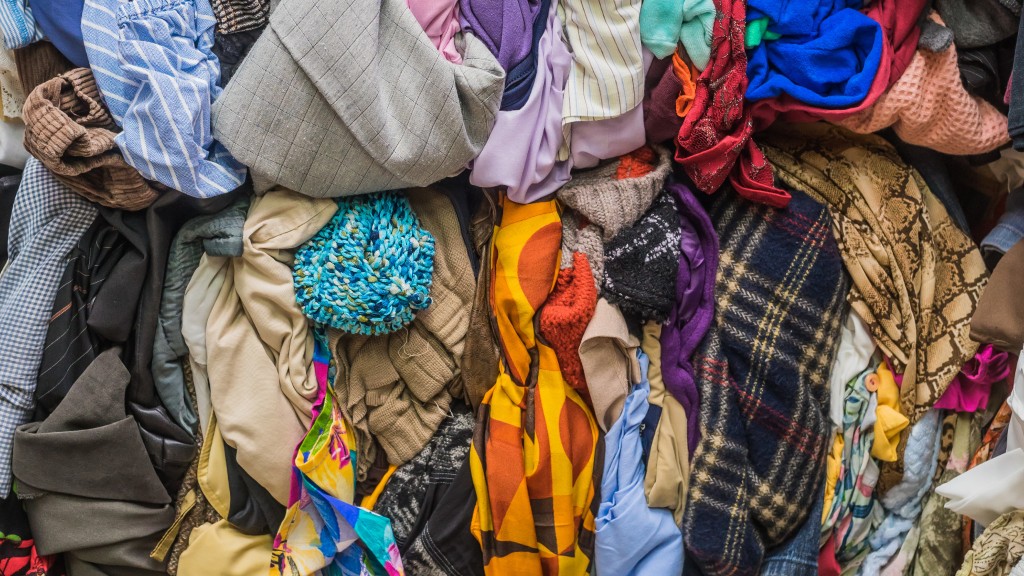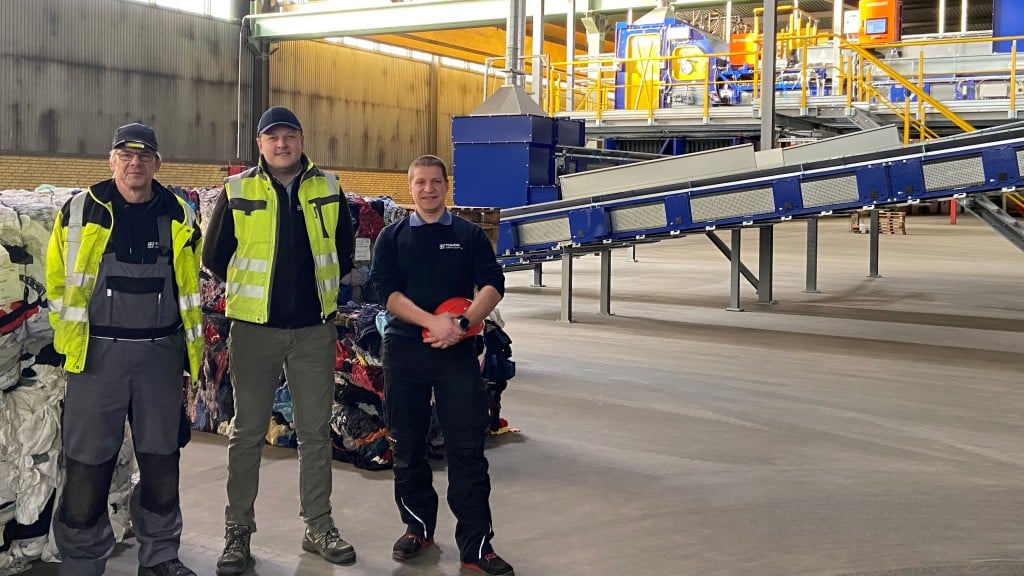California launches circularity projects focused on repair and reuse of textiles

About 1.2 million tons of California's textiles are landfilled a year. Eco-reform backers are calling for legislation to stop the pile up, asking manufacturers and retailers to pay into repair and local reuse programs. California Product Stewardship Council (CPSC) is taking a lead role in the policy push, and as part of that is facilitating four publicly funded textile projects focused on repair, reuse, and other options when materials can't go back into textiles.
"We are working to capture data and to be able to present case studies through these projects that exemplify what we are trying to promote with policy," says Joanne Brasch, special projects manager at the California Product Stewardship Council.
The participating jurisdictions— Los Angeles City, Los Angeles County, San Francisco, and Alameda County - already have established infrastructure for reuse and repair and were chosen to ideally be able to do the most, the quickest, and cheapest. Each project and its participants work differently.
The City and County of San Francisco are doing a garment repair pilot with Goodwill to train staff in source separating salvageable materials into categories, from clothes simply needing to be ironed to those in such disrepair that only scraps could be recovered for upcycling. The materials will be picked up and processed by vendors, including luxury upcyclers, leather experts, designers, and commercial laundries; then the refurbished goods will be returned to Goodwill to sell.
"Thrift stores have become the stewards for presorting unwanted items; they are basically left to function as waste managers. But they don't have much support for repair and upcycling damaged goods to ensure they are kept out of the landfill," Brasch says.
Meanwhile, an entire infrastructure for garment repair exists that includes local dry-cleaners, tailors, designers, upholsterers, artists, and other innovators.
"San Francisco is interested in textile waste because it is a huge drain on our refuse management system. Unwanted textiles that show up through our collection systems are generally soiled and unmarketable. They create problems on our sorting lines and our collection equipment. And, of course, wind up costing the city and our ratepayers," says Shawn Rosenmoss, senior Environmental Specialist Development, Community Partnerships, SF Carbon Fund, San Francisco Department of the Environment.
The agency completed a characterization study in 2020, finding San Francisco City and County were processing 10,000 to 15,000 tons per year of thrown-out clothes.
The county and city are waiting to see if the work being modeled through Goodwill is scalable, cost effective, and creates new workforce development opportunities.
In addition, says Rosenmoss, "We are hoping that this project may lead to policy recommendations at both the municipal and state level. And personally, I really hope it helps people understand things like, ‘Oh, I can sew on a new button and still use this.' Or ‘I can have this zipper repaired and still wear this.'"
In LA City and County, the projects are similar to each other, with the primary difference being the city is focusing largely on discards of brands and retailers, while the county is focusing on materials from commercial/institutional generators like hotels, hospitals, and detention centres.
The LA project involves working with partners to upcycle materials that can go back into textile products; fibre-to-fibre recycling for scraps too small to upcycle that can eventually go back into other textiles; and composting organic fibres when materials can't be made or remade into clothing.
Designated haulers will take materials to the subcontracted processors, such as universities that will incorporate the materials into student projects.
In Alameda County, the work entails updating and expanding textile/recovery and repair vendor listings in a resource database, owned and operated by StopWaste, a public agency who is the grantor of the project. Known as RE:Source, the database has a search tool enabling residents in several counties to learn what they can do with belongings they no longer want, from household appliances to furniture to food for donation among others.
The project will add about 60 more vendors in the textile reuse and repair category, all of which are direct-to-consumer (residential) services.
The grant will also fund outreach materials with graphics and videos to inform the public on options to repair or reuse their textiles.
Brasch is hoping these four projects will pave the way for more like them, as well as make a sound argument for policy around textile waste that calls on producers to help advance a circular economy. Already there's been some movement in a couple of jurisdictions, most recently, Los Angeles' city council passed a comprehensive plastics strategy that includes extended producer responsibility/product stewardship policy goals for textiles, coupled with a commercial disposal ban.
"We are trying to get textiles out of landfills locally and internationally. But the other thing is getting these beautiful garments back into circulation," Brash says.



